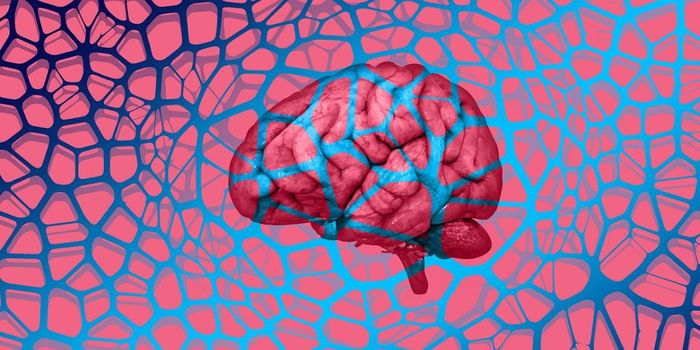How Dermatitis is Linked to Increased Risk of Food Allergies
Small changes in the genome can sometimes have a huge impact, and while we all carry basically the same genes, tiny variations can give rise to many unique human characteristics. Scientists have now found two common genetic variants in a gene called KIF3A. These changes increase the risk that the skin barrier of young carriers will be dysfunctional and that they could develop a skin problem called atopic dermatitis or eczema. Once that happens, they become more susceptible to allergies and asthma because stuff in the environment can then cross the skin barrier more easily. These findings have been reported in Nature Communications.
As many as twenty percent of children suffer from eczema. The skin problem tends to go away over time, but many children that go through it go on to develop other conditions. This work could help identify those kids that are at risk for those later disorders, including food allergies and asthma. It may be possible to change habits or exposures to reduce the likelihood that these children will end up developing those issues.
"Food allergies are rising and the causes are not entirely clear," said the senior corresponding study author Gurjit Khurana Hershey, M.D., Ph.D., the Director of the Division of Asthma Research at Cincinnati Children's Hospital. "This study adds evidence to a rising theory that skin health is more closely connected to lung and gut health than many have suspected."
Common genetic variations that involve only one letter of the genetic sequences are called SNPs (single nucleotide polymorphisms). This study showed that two SNPs (rs11740584 and rs2299007) in the KIF3A gene are involved in the development of eczema. The SNPs were found in human samples and their role in eczema was confirmed in a mouse model; they are connected to the loss of moisture from the skin, dry skin, and damage that's seen in eczema.
It may be possible to measure the level of water loss from the skin to assess the severity of eczema in a patient.
The protein produced by the KIF3A gene plays a role in the formation of a cellular structure called the cilium, which can act as a kind of antenna that sends and receives signals. Disruption in KIF3A is linked to asthma and food allergies. This research connects them both to damage in the skin barrier.
"We are working to better understand how skin, gut, and lung health are connected. In fact, we have a grant from the National Institutes of Health to further study this connection," noted Hershey.
The researchers are also hoping to create a less invasive way to screen for KIF3A gene expression, like tape strips on the skin. A clinical study is now underway that will last five years and will assess variations in KIF3A and the prediction of disease risk.
Sources: AAAS/Eurekalert! via Cincinnati Children's Hospital Medical Center, Nature Communications









